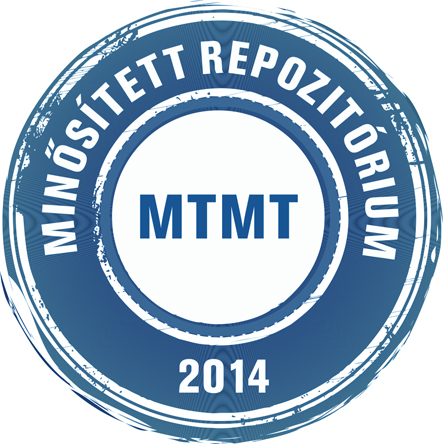Szilárdfy Zoltán: A barokk évszázadok ikonográfiájának sajátos Szentháromság típusai különös tekintettel a hazai emlékekre. In: "Oh, boldogságos háromság" : tanulmányok a Szentháromág tiszteletéről, (12). pp. 37-58. (2003)
Előnézet |
Cikk, tanulmány, mű
szegedi_vallasi_012_037-058.pdf Letöltés (7MB) | Előnézet |
Absztrakt (kivonat)
The depiction of Holy Trinity has a nearly 2000-year-old past in the history of Christian art. The mystery itself is irrepresentable, still it can be traced symbolically, allegorically, figuratively in all genres of visual art from the 4th century on. The ideological clarification of this central and basic dogma was brought about by the false doctrines of Arianism at the first universal synod of Nicea in 325, and later in Constantinople in 381. The formula of creed (Credo) and the first hymnic poems were placed into the liturgy. In the 16th century, Michael Servet' Transylvanian follower, Ferenc Dávid founded the Unitarian Church and was followed by the Sabbatarians , called „Jew-like". Several variations of the antique and medieval Holy Trinity-types appears in many places ranging from the ceilings of richly decorated Baroque churches to altarpieces in painting, sculpture and goldsmith's art. The most popular of them is the composition illustrating the words known from the Apostles' Creed,,. The cult of Holy Trinity in the Baroque era, flourished in opposition to the Islamic antitrinitarism, especially in the Danube basin where the Arianism. was humbled in former times. In the countries of the Habsburg Monarchy, the second most severe enemy proved to be the plague against which votive churches devoted to the Holy Trinity, chapels, altars and monstrances were erected. Márton Padányi Bíró, the bishop of Veszprém (1745-1762) considered the cult of the Holy Trinity and its propagation as his most personal concern. The scheme of the merciful Holy Trinity originates from the Gnadenstuhlcomposition which contrasts the chair of grace with the chair of judgement. The mystical visions of two nuns, Anna Maria Lindmayr of Munich and Blessed Cressentia Höß of Kaufbeuren, are peculiar depictions of the Holy Trinity which view the Holy Spirit as a young bridegroom. In parallel to the Sorrowful Mother, the depiction of the Sorrowful Father holding the body of Christ can be traced back to the middle ages. It survived as a folk hymn modelled on laments of Mary (Planctus) and funeral laments. All the iconographic types wide-spread in Central and Western Europe - including special depictions - can be found among the relics of Hungary.
| Mű típusa: | Könyv része |
|---|---|
| Egyéb cím: | Specific Types of the Representation of Holy Trinity in Baroque Iconography with Special Consideration of the Relics in Hungary |
| Befoglaló folyóirat/kiadvány címe: | "Oh, boldogságos háromság" : tanulmányok a Szentháromág tiszteletéről |
| Dátum: | 2003 |
| Kötet: | 12 |
| ISSN: | 1419-1288 |
| ISBN: | 963 9484 76 8 |
| Oldalak: | pp. 37-58 |
| Sorozat neve: | Szegedi vallási néprajzi könyvtár |
| Nyelv: | magyar , angol |
| Befoglaló mű URL: | http://acta.bibl.u-szeged.hu/70236/ |
| Kulcsszavak: | Szentháromság, Vallási kultusz - magyar, Ikonográfia - keresztény, Vallásos művészet - keresztény |
| Megjegyzések: | Bibliogr.: p. 46-47. és a lábjegyzetekben ; ill. ; összefoglalás angol nyelven |
| Szakterület: | 06. Bölcsészettudományok 06. Bölcsészettudományok > 06.03. Filozófia, etika és vallástudományok 06. Bölcsészettudományok > 06.04. Művészetek (művészetek, művészettörténet, előadóművészetek, zene) |
| Feltöltés dátuma: | 2020. szep. 17. 13:26 |
| Utolsó módosítás: | 2022. feb. 02. 13:12 |
| URI: | http://acta.bibl.u-szeged.hu/id/eprint/70315 |
 |
Tétel nézet |



